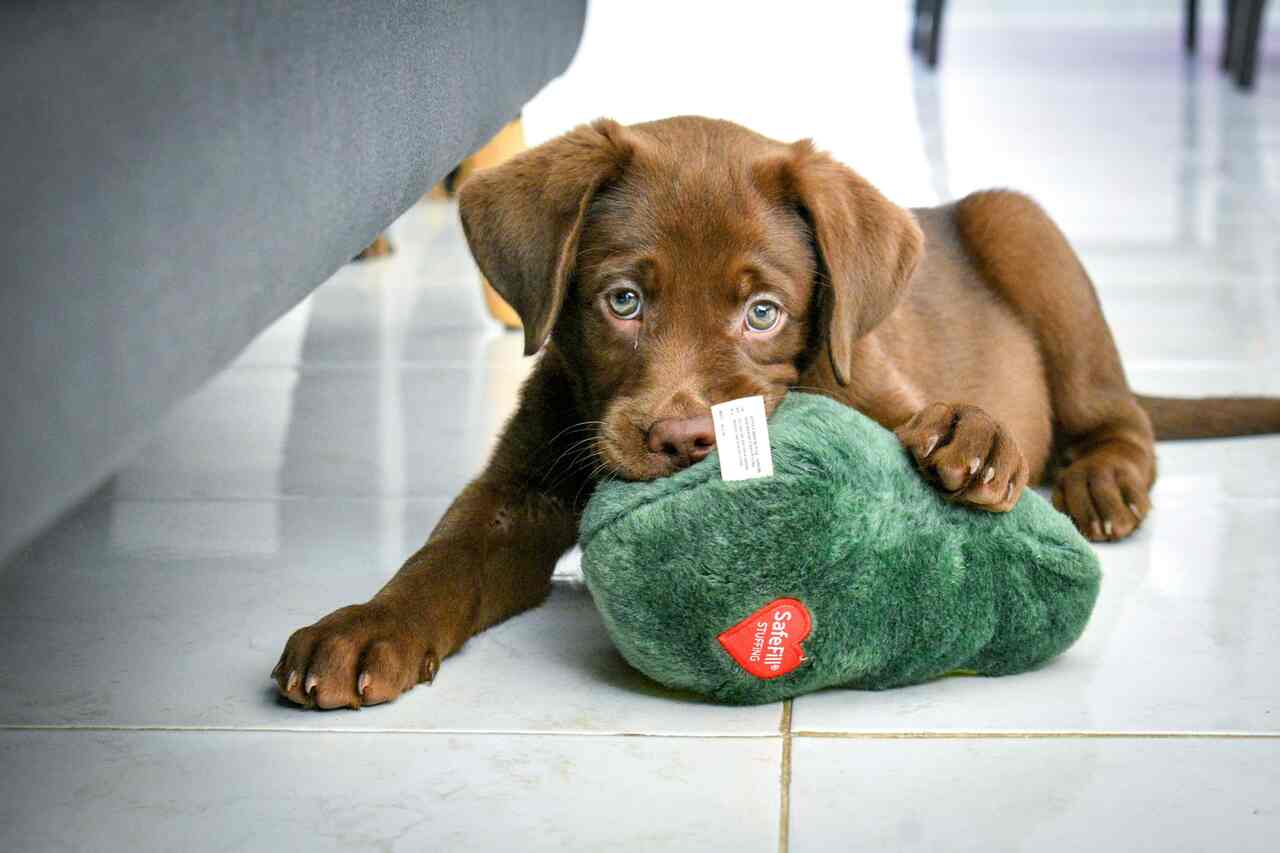
Scratched Sofas, High Chew Needs, and Lots and Lots of Energy. There are several characteristics and needs of puppy pets, and the first months of life are crucial to ensuring they grow up healthy and happy.
+Cute video: baby elephant does everything to sleep with his caretaker
+Video shows a collection of animal sculptures made with fruits
There are many aspects that need attention, such as proper nutrition, safe socialization, and good adaptation, which help both the owner and the pet enjoy this rapid phase in the animal’s life. For this, Pedro Risolia, a veterinarian at Petlove, brings some tips:
Nutrition and Vaccination Schedule
In terms of nutrition, in the first days of life, puppies receive mother’s milk and colostrum antibodies. With the end of breastfeeding, it is indicated that the only feeding should be specific to the age and guided by the veterinarian. At this stage, it is fundamental for growth and determination of future good health that the diet contains all the proteins, vitamins, minerals, fibers, and other nutrients that dogs and cats need.
It is worth remembering that after the period of breastfeeding, animals become susceptible to diseases, so it is important to be attentive to vaccination protocols. Most pets up to 1 year old are considered puppies, which can vary according to breed and species. Therefore, it is important to consult a veterinarian to understand which vaccines the puppy should take.
Pedro Risolia informs that owners should pay attention to vaccination windows, especially the mandatory ones. “The dog can take the first of the three doses of v8 or v10 at six to eight weeks, the vaccine protects against parvovirus, coronavirus, distemper, parainfluenza, adenovirus, infectious hepatitis, and leptospirosis,” he reinforces.
The veterinarian clarifies that depending on the vaccination protocol determined by the professional and without any complications, from 12 weeks onwards, the dog can already receive the compound against canine influenza, formed by adenovirus, parainfluenza, bordetella bronchiseptica diseases; and the first dose of rabies vaccine, immunizing against rabies.
“In the case of cats, they should be vaccinated around 60 days of life with the quadruple vaccine that protects against rhinotracheitis, calicivirus, panleukopenia, and chlamydia, with the second dose applied 21 to 30 days after the first and the same duration for the third dose, if necessary. From four months onwards, kittens are already able to receive the rabies vaccine, which should be administered annually. Some vaccination protocols may be more extensive, according to veterinary medical determination, and it is worth remembering that for healthy cats, the joint application of the FeLV (feline leukemia virus) vaccine is recommended,” explains the veterinarian from Petlove.
Another important way to prevent diseases, according to Risolia, is dewormers and flea control, which can be started at 30 days of age and repeated from two to three months, respectively, depending on the product.
Home Adaptation and Socialization
When a new animal arrives home, both it and the owner and other household members need to adapt to the new routine. When small, pets are very curious to explore strange items for them, so it is good to avoid leaving objects within reach, such as slippers, wires and chargers, backpacks, and even garbage.
“Dogs, when they are at the beginning of life, have even more energy than usual, and this disposition combined with the curiosity of those who still do not know much demands that owners follow some rules to avoid accidents at home. The ideal is to keep everything out of the reach of puppies,” he says.
According to the veterinarian from Petlove, it is also important to provide environmental enrichment and stimuli for the animal from a young age, thus, it is easier for it to develop. Simple actions such as providing toys, balls, plush toys, and scratching posts, in the case of cats, can make a difference; as well as gradually introducing the pet to other animals and residents of the house. Pedro Risolia also points out that the adaptation of cats takes a little longer than that of dogs, but that attention is needed for both.
It is important to encourage the pet’s coexistence with other animals and humans from an early age so that it does not develop difficulty in adulthood. “At this age, animals learn very quickly and absorb much more easily what is right and what is wrong, it is a learning window,” explains the veterinarian.
This content was created with the help of AI

